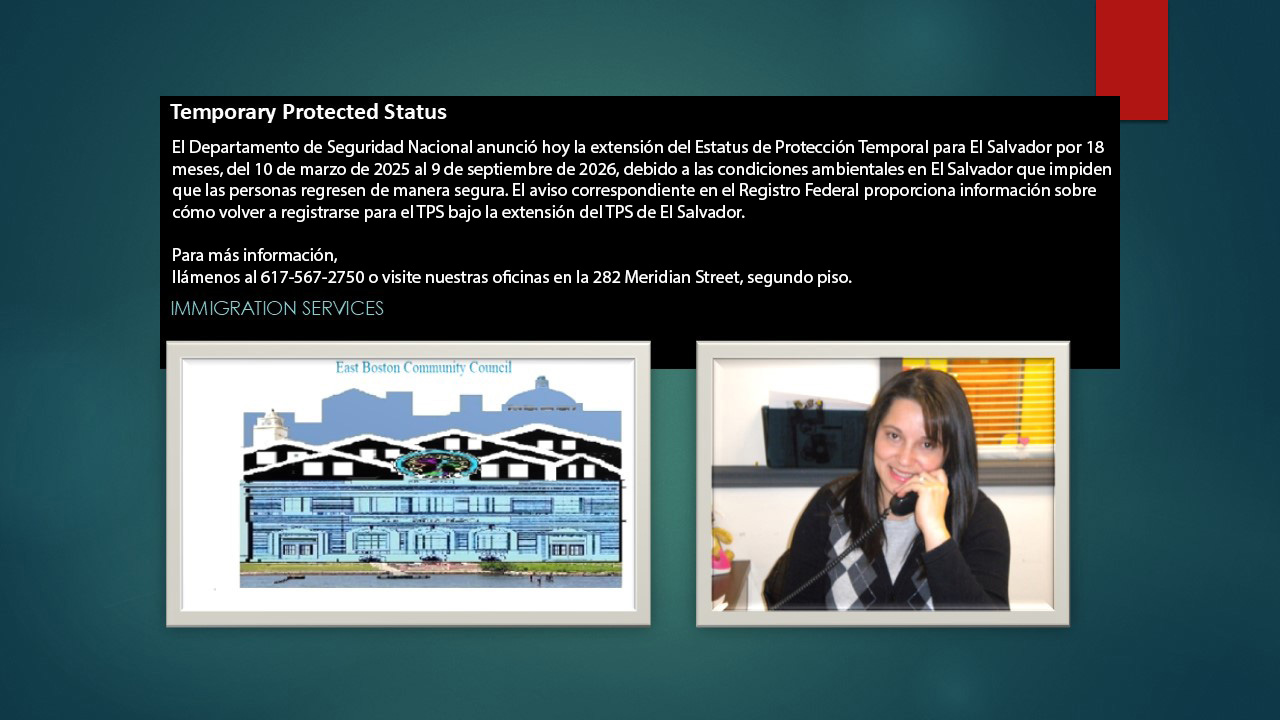A reduced residue diet plan, also called a low-fiber diet plan, is a short-term consuming plan that limits the usage of particular foods to reduce the amount of undigested products or waste in the intestines. This diet is frequently suggested to individuals with details medical conditions or those recuperating from certain surgeries or treatments.
The objective of a low residue diet regimen is to decrease the quantity as well as regularity of defecation, while likewise lowering the inflammation and inflammation in the gastrointestinal system. By restricting the consumption of insoluble fiber, which is found in foods such as entire grains, fruits, veggies, and also vegetables, this diet regimen assists to ease symptoms such as diarrhea, stomach discomfort, and bloating.
That should adhere to a Reduced Deposit Diet Plan?
A low deposit diet regimen is typically prescribed for people who are experiencing digestive concerns or need to off varilux variceser their intestines a break from refining high-fiber foods. It might be recommended for the list below conditions:
- Diverticulitis: Inflammation or infection of small bags that develop in the colon.
- Inflammatory digestive tract condition (IBD): Problems such as Crohn’s disease or ulcerative colitis.
- Bowel blockages: Partial or complete clogs in the intestinal tracts.
- Preparation for sure clinical treatments: Prior to colonoscopy or digestive tract surgical treatment.
It is important to keep in mind that a low deposit diet plan should only be followed under the support of a health care professional, as it may not supply adequate nutrients for long-lasting usage.
What foods are permitted on a Low Deposit Diet?
When following a reduced deposit diet plan, it is vital to choose foods that are easily digested and reduced in fiber. The focus ought to get on consuming well-cooked, tender, as well as quickly absorbable options. Some foods permitted on a reduced residue diet plan consist of:
- Improved grains: White bread, pasta, and also rice.
- Lean healthy proteins: Skinless poultry, fish, eggs, and tofu.
- Milk products: Milk, cheese, and also yogurt.
- Cooked veggies: Carrots, eco-friendly beans, zucchini, and also potatoes without skin.
- Fruit juices without pulp: Apple, grape, and cranberry juices.
- Seedless fruits: Bananas, melons, peaches, and canned fruits.
- Fats and also oils: Butter, margarine, as well as vegetable oils.
- Drinks: Clear liquids, such as water, tea, coffee, and strained broths.
It is very important to keep in mind that private resistances might differ, as well as certain foods from the permitted checklist might still cause pain or inflammation. It is recommended to keep a food journal as well as consult with a medical cardiform care expert for personalized advice.
What foods should be stayed clear of on a Low Deposit Diet?
While complying with a reduced deposit diet, it is required to restrict or prevent foods that are high in fiber and difficult to absorb. These include:
- Entire grains: Entire wheat bread, oat meal, brown rice, as well as quinoa.
- Raw fruits and vegetables: Apples, berries, broccoli, cauliflower, as well as leafy greens.
- Legumes: Beans, lentils, chickpeas, as well as soy products.
- Nuts as well as seeds: Almonds, walnuts, chia seeds, and flaxseeds.
- Dried fruits: Raisins, prunes, figs, and also days.
- Fatty and fried foods: High-fat meats, oily junk foods, and also abundant sauces.
- Caffeinated and also carbonated beverages: Coffee, cola, and also energy drinks.
- Spicy or heavily experienced foods: Warm peppers, garlic, and onion.
Tips for Complying With a Reduced Residue Diet Plan
Adapting to a low residue diet may call for some adjustments to your eating habits. Here are a few ideas to assist you navigate this dietary plan:
- Review food tags: Look for low-fiber alternatives as well as stay clear of products with included seeds or nuts.
- Cook as well as peel off fruits and vegetables: Eliminating the skin and preparing them can make them a lot more absorbable.
- Select softer textures: Select well-cooked foods, such as tender meats and steamed vegetables.
- Try option food preparation methods: Boiling, baking, or steaming can be gentler on the digestion system contrasted to frying or cooking.
- Remain hydrated: Consume alcohol sufficient fluids throughout the day to stop dehydration and also help food digestion.
- Progressively reintroduce high-fiber foods: When your symptoms improve, slowly introduce fiber-rich foods back right into your diet regimen under the support of a health care professional.
Verdict
A low deposit diet is a short-term consuming strategy suggested for individuals with specific gastrointestinal conditions or those getting ready for details medical procedures. By reducing the consumption of high-fiber foods, this diet regimen aids alleviate signs and symptoms as well as supplies alleviation to the gastrointestinal system. It is important to follow the diet under the advice of a health care expert to guarantee proper nutrient consumption and also customized recommendations.

